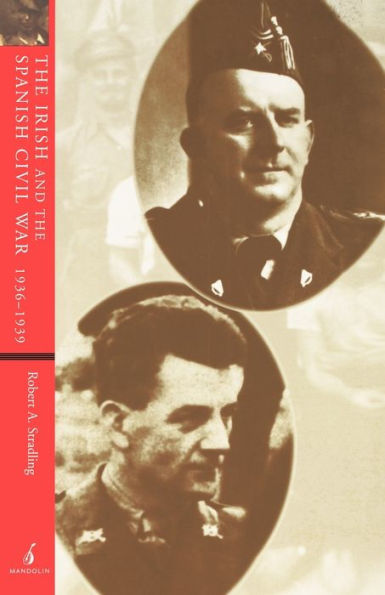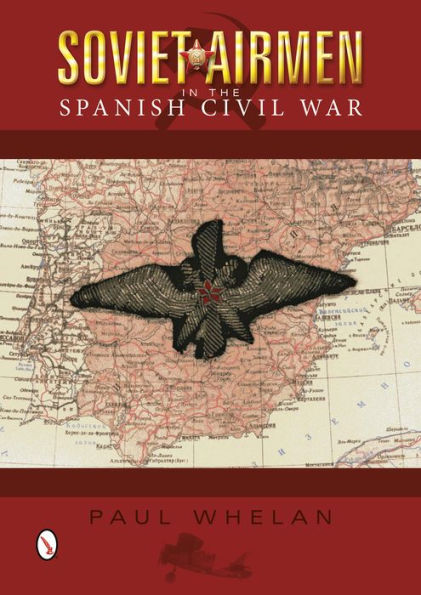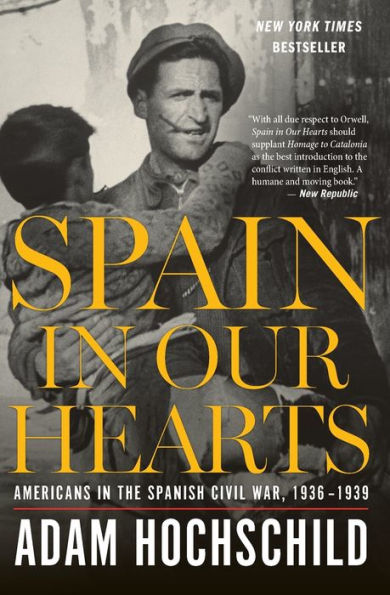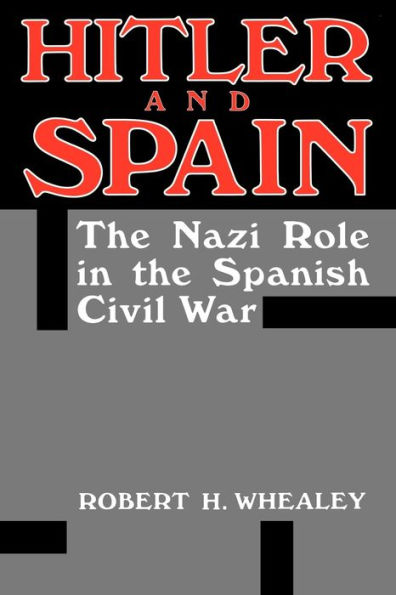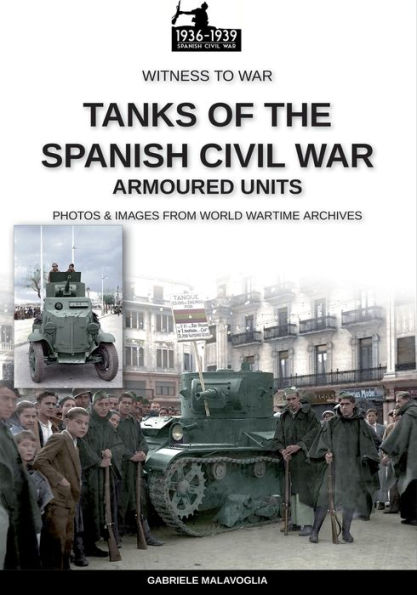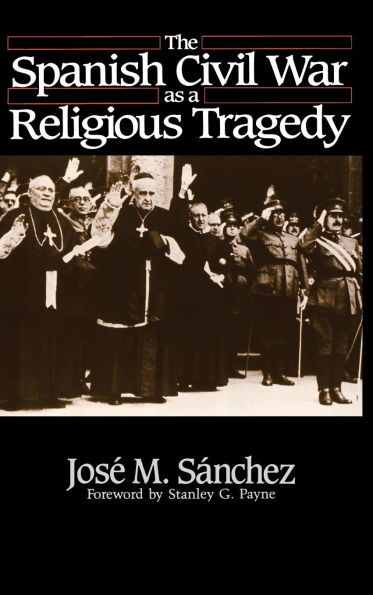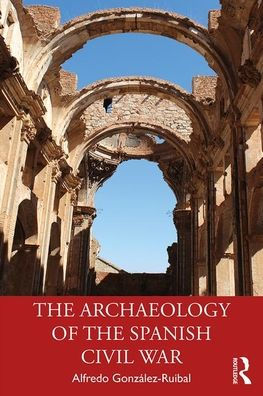Home
Modern Warfare Spain: American Military Observations on the Spanish Civil War, 1936-1939
Barnes and Noble
Modern Warfare Spain: American Military Observations on the Spanish Civil War, 1936-1939
Current price: $35.00
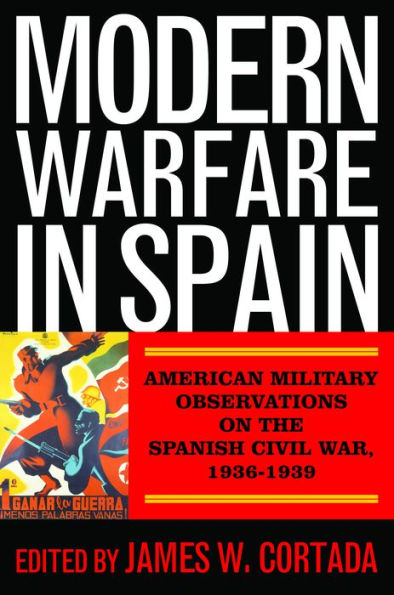

Barnes and Noble
Modern Warfare Spain: American Military Observations on the Spanish Civil War, 1936-1939
Current price: $35.00
Size: Hardcover
Loading Inventory...
*Product information may vary - to confirm product availability, pricing, shipping and return information please contact Barnes and Noble
During the Spanish Civil War, U.S.Army officers stationed in Spain wrote highly elaborate reports of their experiences. One of the key observers was Stephen O. Fuqua, who had been a major general in the U.S. Army. His presence was highly unusual for most military observers were captains,majors, and light colonels. Fuqua’s reports contained important observations about Spanish armament and troop movements, and he managed to acquire Nationalist propaganda and information despite being situated entirely within Republican military lines. His reporting experience was considered so valuable that during World War II, Fuqua was tapped to be
Time
magazine's military commentator.
In this compelling book, editor James W. Cortada brings Fuqua’s and others’ observations to light, creating a volume of such immediacy that the reader feels transported to a time of great historical uncertainty amid the twentieth century’s great “dress rehearsal” for fascism and the conflagration of World War II.
Time
magazine's military commentator.
In this compelling book, editor James W. Cortada brings Fuqua’s and others’ observations to light, creating a volume of such immediacy that the reader feels transported to a time of great historical uncertainty amid the twentieth century’s great “dress rehearsal” for fascism and the conflagration of World War II.
